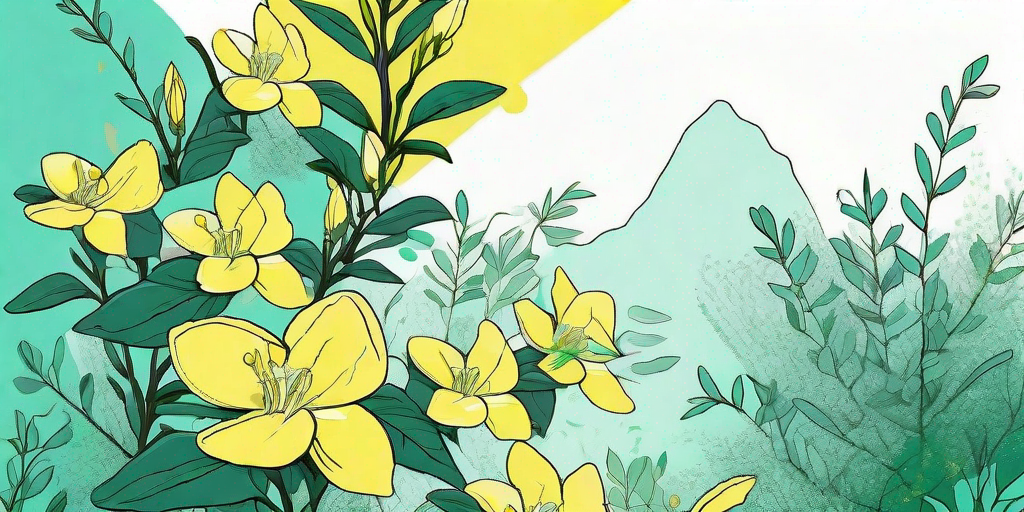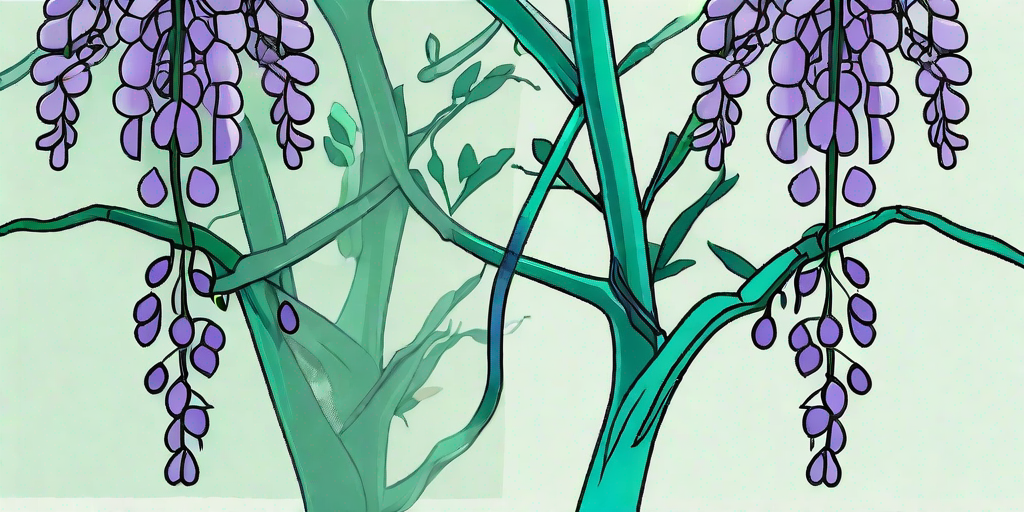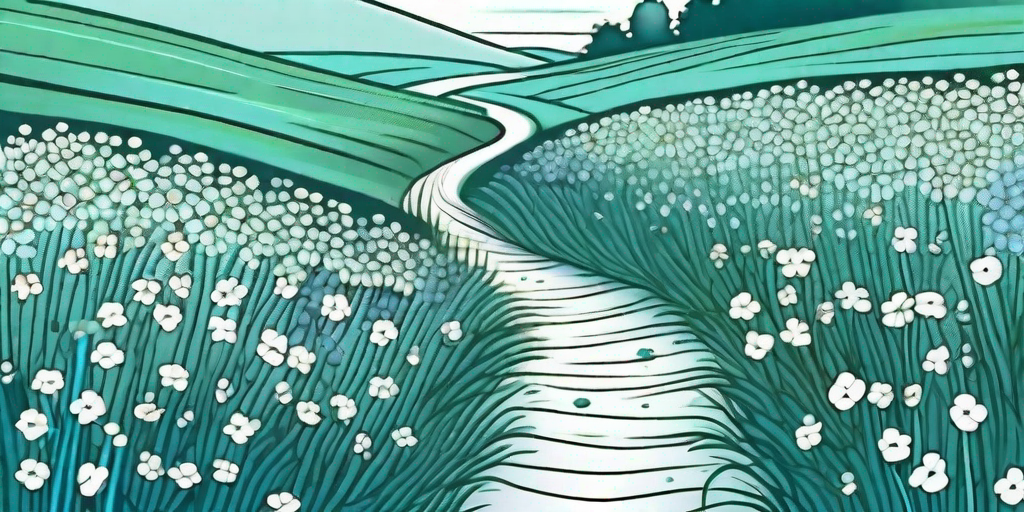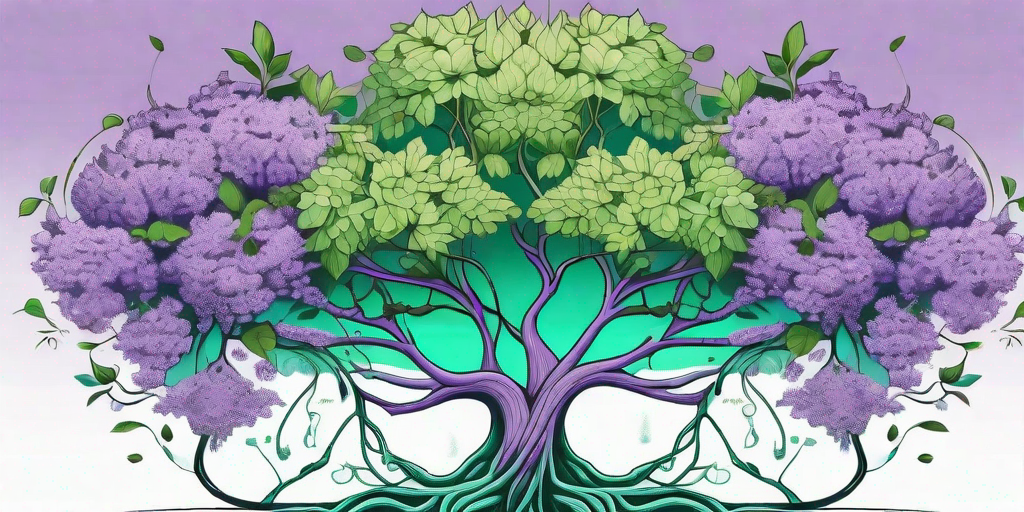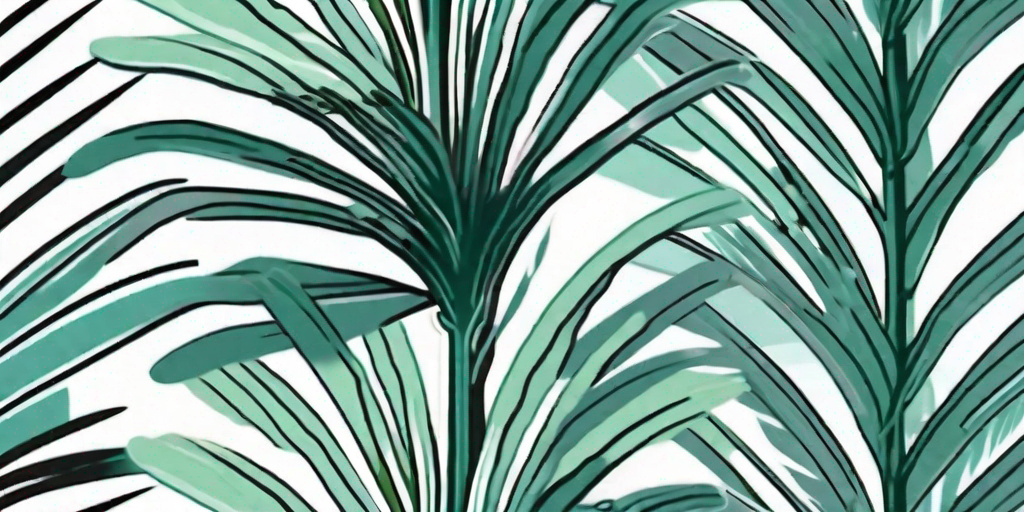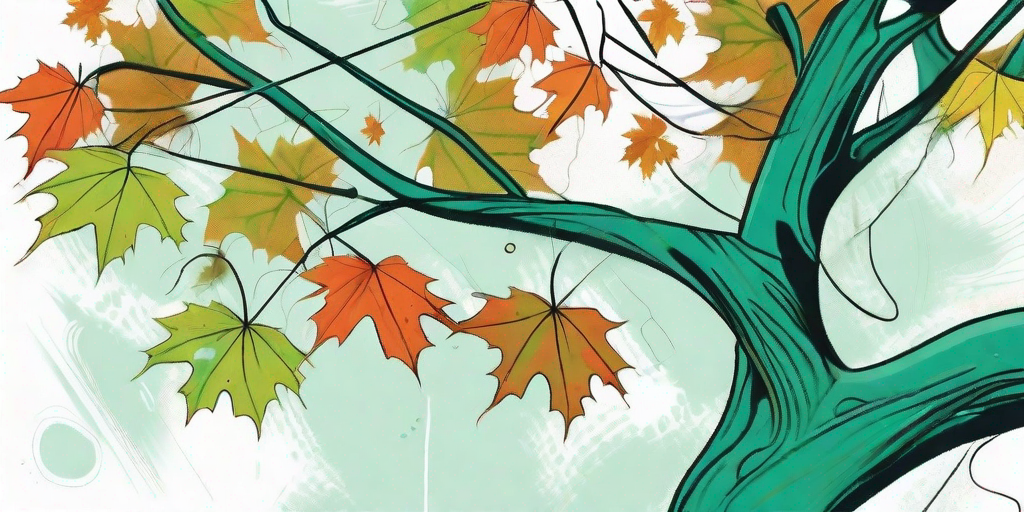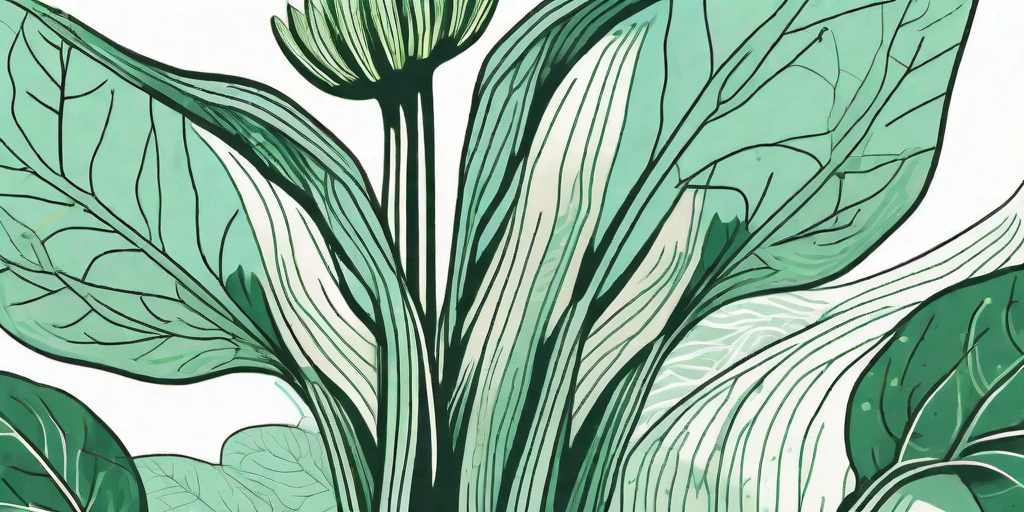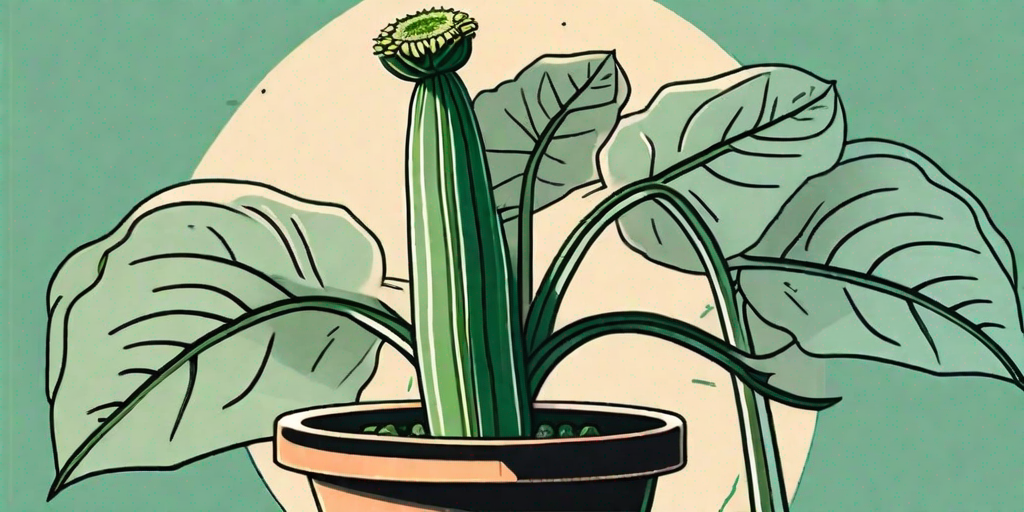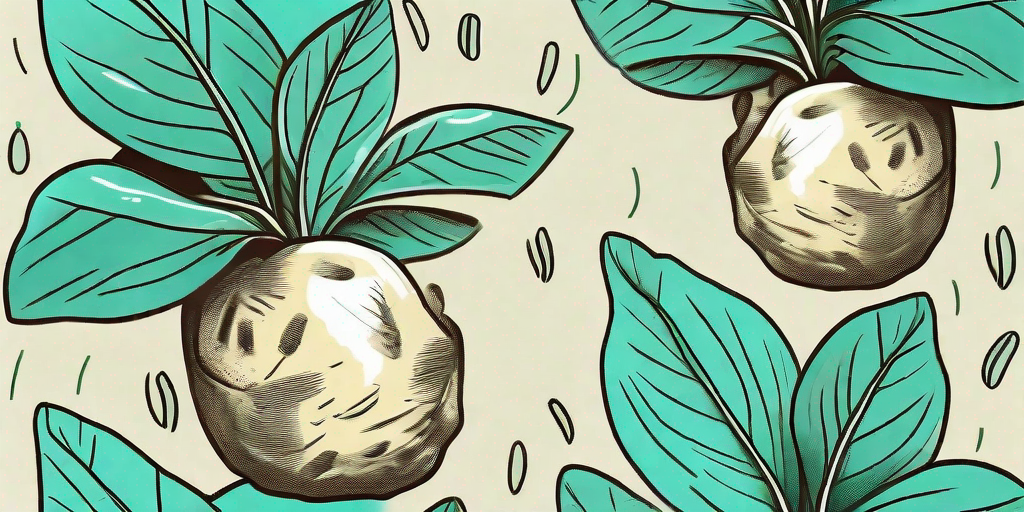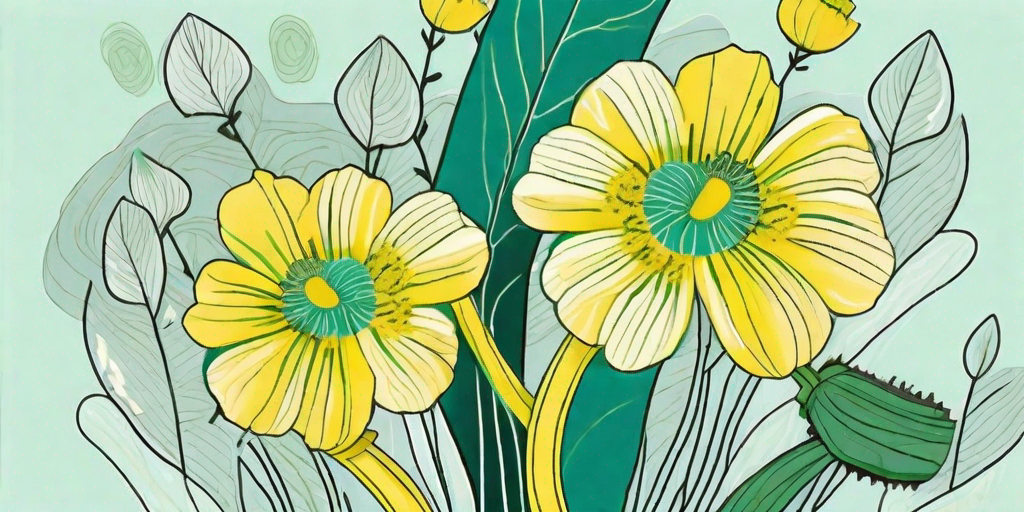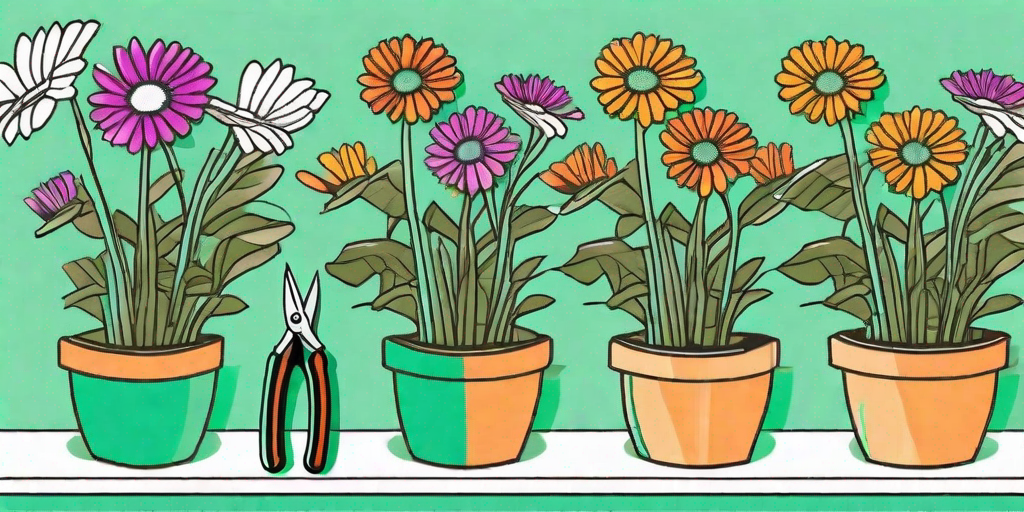
Are you tired of your garden looking as dull as dishwater? Are you ready to add some pizzazz to your patch of green? Well, get ready to jazz up your garden with the vibrant and vivacious Carolina Jasmine. This blooming guide will help you transform your garden into a botanical masterpiece that would make even Mother Nature herself green with envy.
The Carolina Jasmine: A Symphony of Color
Also known as Gelsemium sempervirens, the Carolina Jasmine is a perennial vine that's as charming as a Southern belle. Its bright yellow flowers are like little sunbursts that light up your garden, while its dark green leaves provide a lush backdrop. But the Carolina Jasmine isn't just a pretty face. This hardy plant is easy to grow and maintain, making it the perfect choice for both budding gardeners and seasoned green thumbs.
Native to the southeastern United States, the Carolina Jasmine is a versatile plant that can be trained to climb trellises, fences, and walls. It's also a great choice for ground cover, making it a versatile addition to any garden. So, if you're ready to add some Southern charm to your garden, let's dive into the world of Carolina Jasmine.
Planting Your Carolina Jasmine
Choosing the Perfect Spot
First things first, you need to find the perfect spot for your Carolina Jasmine. This plant loves the sun but can also tolerate partial shade. So, whether your garden is bathed in sunlight or tucked away in the shadows, the Carolina Jasmine can thrive. Just remember, the more sun it gets, the more flowers it will produce. So, if you want a garden bursting with color, choose a sunny spot.
Carolina Jasmine also prefers well-drained soil. So, if your garden is more swamp than soil, you might want to consider improving your drainage or planting your Carolina Jasmine in a raised bed or container. After all, no one likes soggy feet, especially not plants!
Planting Steps
Now that you've found the perfect spot, it's time to get planting. Here's a step-by-step guide to planting your Carolina Jasmine:
- Dig a hole that's twice as wide and just as deep as the root ball of your Carolina Jasmine.
- Place the plant in the hole, making sure the top of the root ball is level with the soil surface.
- Backfill the hole with soil, firming it gently around the base of the plant.
- Water thoroughly.
- Stand back and admire your handiwork.
And voila! You've just planted your first Carolina Jasmine. But don't pop the champagne just yet. There's still plenty of work to do to ensure your plant thrives.
Caring for Your Carolina Jasmine
Watering and Feeding
Like any plant, the Carolina Jasmine needs water to survive. But remember, it doesn't like soggy feet. So, water your plant thoroughly, then let the soil dry out before watering again. During hot, dry periods, you may need to water more frequently. But in general, it's better to underwater than overwater.
As for feeding, a slow-release, balanced fertilizer applied in early spring should do the trick. Just follow the package instructions, and your Carolina Jasmine will be as happy as a clam.
Pruning and Training
Pruning your Carolina Jasmine is a bit like giving it a haircut. It helps keep the plant healthy and encourages more blooms. The best time to prune is in late winter or early spring, just before new growth starts. Just remember, a little goes a long way. So, don't get too scissor-happy!
Training your Carolina Jasmine is a bit more involved. But don't worry, it's not like training a puppy. You just need to guide the plant up a trellis, fence, or wall using plant ties or twine. And remember, the plant is a climber, not a sprinter. So, be patient and give it time to grow.
FAQs
Is Carolina Jasmine poisonous?
Yes, all parts of the Carolina Jasmine, including the flowers, leaves, and roots, are poisonous if ingested. So, keep it out of reach of children and pets.
Does Carolina Jasmine attract wildlife?
Yes, the bright yellow flowers of the Carolina Jasmine are a magnet for bees, butterflies, and hummingbirds. So, if you're a fan of wildlife, this plant is a great choice.
Can Carolina Jasmine be grown indoors?
While it's possible to grow Carolina Jasmine indoors, it's not ideal. The plant prefers outdoor conditions and may not bloom as well indoors. But if you're determined to try, make sure it gets plenty of light and is kept in a well-drained pot.
Conclusion
So, there you have it. A comprehensive guide to jazzing up your garden with Carolina Jasmine. With its vibrant flowers, lush foliage, and easy care, this plant is a great choice for any garden. So, why not give it a go? Your garden will thank you for it.
And remember, gardening is not just about the destination, it's about the journey. So, enjoy the process of planting, nurturing, and watching your Carolina Jasmine grow. After all, the best things in life are worth waiting for.



